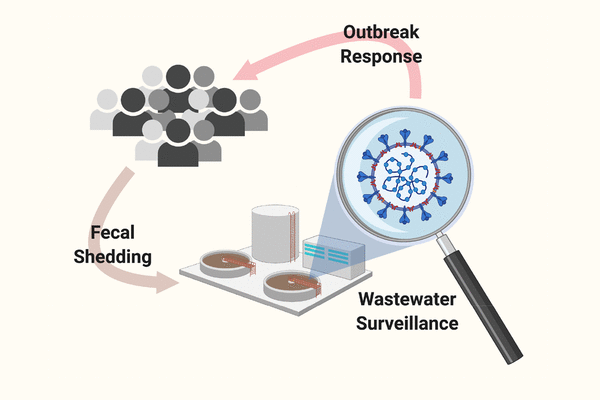CSIRO scientists find fast, cheaper way to find outbreaks in wastewater
New research from the Australian national science agency, CSIRO has found faster and more cost-effective ways to find outbreaks of COVID-19 in wastewater. It builds on the world’s first peer-reviewed proof-of-concept trial run in Brisbane by CSIRO and The University of Queensland which tested untreated sewage and found fragments of SARS-CoV-2, the virus that causes COVID-19.
Scientists have now refined methods of concentrating and recovering the virus from wastewater samples, indicating the presence of COVID-19 carriers in the community, regardless of whether they show symptoms.
The rapid virus recovery process can now take from 15 to 30 minutes to process.
Worldwide wastewater monitoring could save up to A$1.46 billion for national monitoring programs depending on frequency of sampling and population, according to research. Wastewater monitoring has proven to be much cheaper than clinical screening of COVID-19.
CSIRO chief executive Dr Larry Marshall says that as COVID-19 restrictions begin to ease, science has found a way to help individual communities avoid a second wave of the pandemic.
“This unique monitoring breakthrough will ensure each suburb gets the medical support it needs so all of us, as a nation, can stay healthier,” he says.
CSIRO researcher Dr Warish Ahmed led the findings.
“We will keep refining the virus concentration and detection methods to provide more sensitive and accurate results of the viral load in wastewater,” he says.
“This will provide information on the prevalence of COVID-19 in the community so public health officials can have as much information as possible to manage an outbreak in a timely manner.”
The results will be shared with a new global scientific collaboration, COVID-19 WBE Collaborative, which brings together more than 50 global experts in water-based epidemiology (WBE) to share testing methods and data on wastewater-based surveillance for the current and future disease outbreaks.

